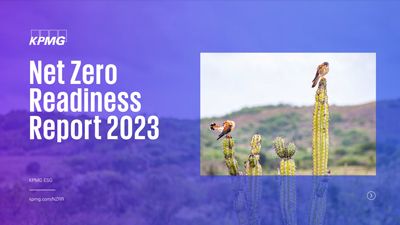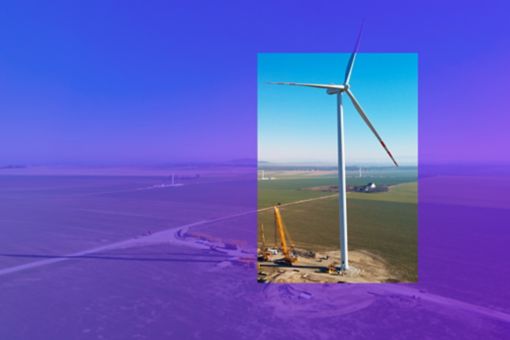More than 90 percent of world economic output and global emissions are now covered by net zero agreements, but is the pace of change fast enough? The Net Zero Readiness Report explores the progress of 24 countries and key economic sectors in cutting greenhouse gas emissions, as well as their preparedness and ability to achieve net zero goals by 2050.
Australia’s race to net zero has gathered momentum with a change of government in May 2022 marking a significant shift in the country’s climate policy. But the switch to a low carbon economy requires further transformative strides rather than incremental steps, and the path to net zero will involve additional credible action.
Our report provides a valuable snapshot of progress along the road to net zero and how key economic sectors are rising to the challenge.
Net zero insights for Australian leaders
Higher targets, strong safeguards
A net-zero target date of 2050 is now enshrined in law and the country’s 2030 emissions-reduction target has been lifted from 26-28 percent to 43 percent below 2005 levels. New climate-related laws and initiatives include strengthening the Safeguard Mechanism, which requires Australia’s biggest polluters to make deep cuts to their carbon emissions in line with the government’s climate targets. The government is also considering a carbon border adjustment mechanism to ensure trade-exposed domestic production is not disadvantaged, by applying an equivalent carbon tariff on certain imported goods.
Renewables set to spike
By underwriting the development of transmission and renewable energy zones, the government is aiming to increase renewable electricity production from the current level of 27 percent to 82 percent in 2030. In addition to grid infrastructure and battery storage, the zones host the production of renewables such as solar, onshore wind and hydroelectric generation. Federal, state and territory governments are also working with Indigenous communities to develop a First Nations Clean Energy Strategy.
Focus on energy efficiency
The government is developing a National Energy Performance Strategy to boost energy efficiency and accelerate electrification. Roof-top solar generation is more common in cities and the development of offshore wind may bring more diversity to the country’s energy supply. Meanwhile, states like Victoria are powering ahead with new residential developments to be all-electric from 2024.
Australia’s net zero industry initiatives
Cutting the carbon footprint of agriculture and land use
Second only to electricity in its contribution to greenhouse gas emissions, agriculture and land use will be the focus of a joint state and federal national strategy. While the sector’s decarbonisation efforts to date have focused on research into areas such as methane emissions from livestock, some landowners are exploring opportunities in Australia’s emerging carbon offset market.
Achieving net zero targets for transport
The government is keeping its eyes on the road with new tax incentives for electric vehicles and additional funding for charging infrastructure. It is also developing emissions standards for new road vehicles to reduce greenhouse gas emissions.

Net Zero Readiness Report 2023
Download Global report (PDF 1.5MB)Moving climate reporting from words to action
Download Australian report (PDF 1.7MB)How KPMG can help
The urgency of climate change is driving economic transformation and propelling organisations to reshape their business models. KPMG’s decarbonisation, climate and nature teams help organisations turn their net zero ambition into action.
Our deep expertise, established services, smart technologies and strategic alliances include:
- Climate and sustainability reporting
- Climate and nature risk
- Decarbonisation strategy and implementation
- Climate policy and incentives advisory
- Low carbon deal advisory.
We’ll help you to take decisive steps along the path to net zero and drive meaningful change across your organisation.




